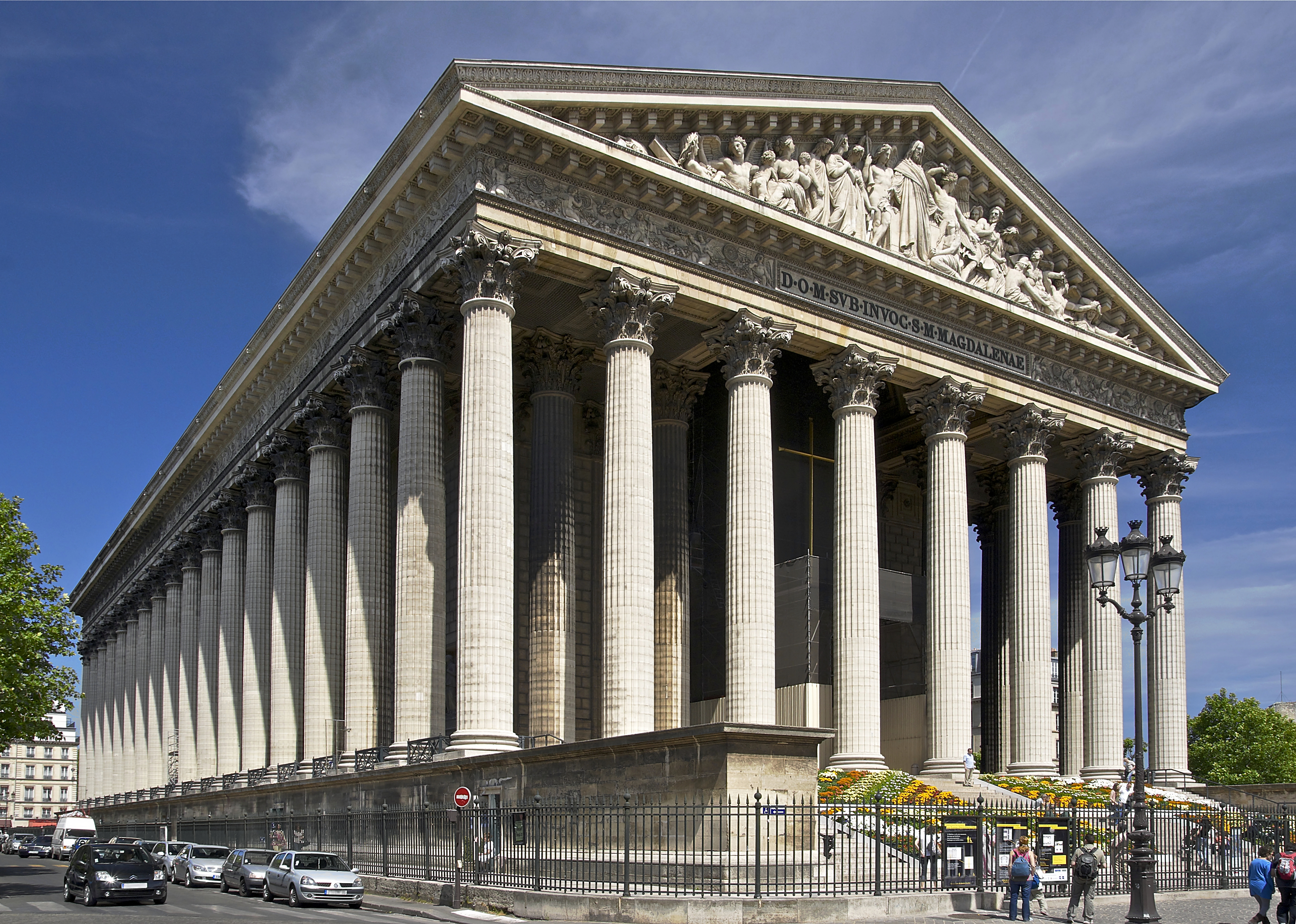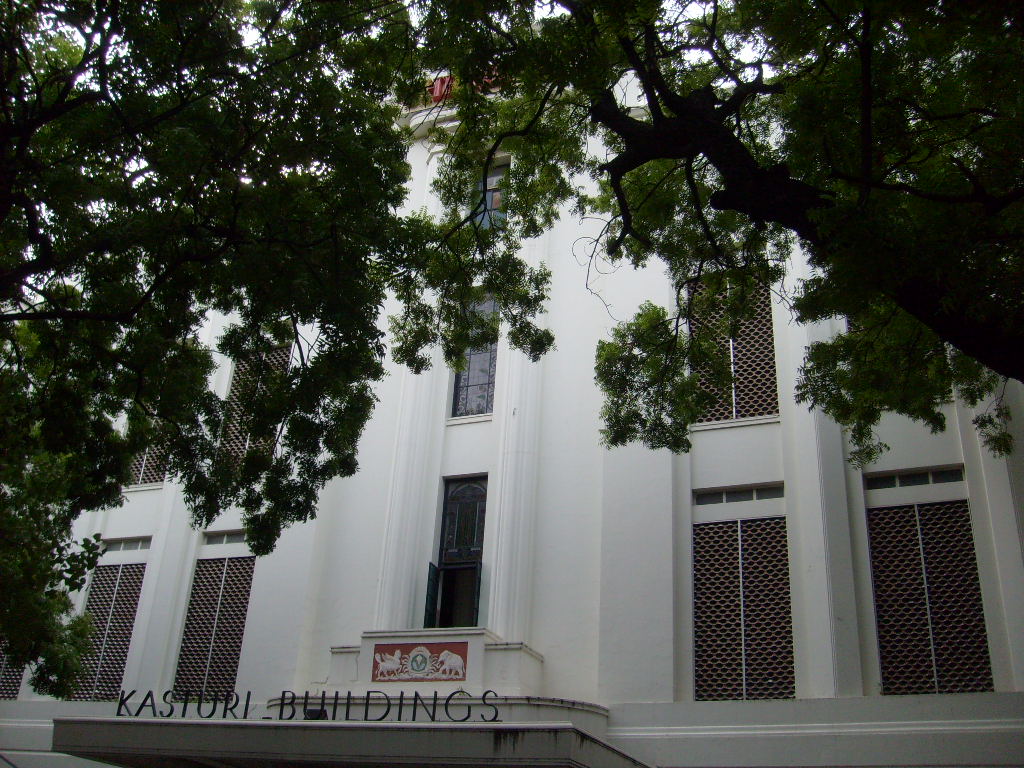|
St. Mary's Orthodox Cathedral, Pazhanji
Pazhanji Church, officially known as St. Mary's Orthodox Cathedral, Pazhanji or Pazhanji Cathedral, is a Malankara Orthodox Syrian Church situated at Pazhanji near Kunnamkulam in Thrissur District of Kerala, India. The Church is locally called " Pazhanji Palli " (In Malayalam : പഴഞ്ഞി പള്ളി ) "Palli" imilar to the Malayalam word for "Church" It is a part of the Malankara Orthodox Syrian Church The Malankara Orthodox Syrian Church (MOSC) also known as the Indian Orthodox Church (IOC) or simply as the Malankara Church, is an autocephalous Oriental Orthodox church headquartered in Devalokam, near Kottayam, India. The church serve .... Four frescoes which had long been hidden by whitewash, believed to be 250 years old, were discovered in 2018. They were being restored in 2018. History The church is said to have been constructed by believers who fled from Arthat and later settled and constructed the church. It is how the name ''Pazhanji'' (Malayala ... [...More Info...] [...Related Items...] OR: [Wikipedia] [Google] [Baidu] |
Pazhanji
Pazhanji is a village with near Kunnamkulam in Thrissur district in the state of Kerala, India.The name "Pazhanji" is derived from the Malayalam word for "old". Demographics India census, Pazhanji had a population of 13,339 with 6,352 males and 6,987 females. Pazhanji is in the Kattakambal panchayat. Economy Pazhanji is well known for its areca nut market and Pazhanji Palli / Pazhanji Church. The market is a hub for areca nut merchants from Monday through Saturday. This is where local areca nut (അടയ്ക്ക) sellers sell their product to authorised areca nut merchants. Buyers and sellers execute trade transactions by auction. Daily operations commence at 8 am and continue until 10:30 am. The place is located in the Kattakambal Gram Panchayath. Transportation Trichur or Guruvayur Railway Station or Nedumbasseri International Airport is connected to reach Pazhanji pproximately 80 km from Cochin From the railway station/airport a road connects Kunnamkulam and th ... [...More Info...] [...Related Items...] OR: [Wikipedia] [Google] [Baidu] |
Kunnamkulam
Kunnamkulam is a municipal town situated in the Thrissur District of Kerala in India, spread over an area of 34.18 km2. It is an old commercial town, with an ancient history, famous for its printing and book binding industry. In the past, the town was called Kunnankulangara and references can be seen many British Archives about a neat and prosperous town which was predominantly Christian. Over the years Kunnamkulam has become a meeting point for all religions. History The history of Kunnamkulam turns back to the Paleolithic age. Kakkad cave and Chowannur cave support this fact. It is said that this place was part of ' Mahodaya Pattanam' and was known as 'Kunnamkulangare'. Traditionally it is believed that a cross was installed by Thomas the Apostle, at Chattukulangara (a part of Arthat in Kunnamkulam). During the invasion of Tippu Sultan in 1789, the Christians from Chattakulangara migrated to Kunnamkulam town after the invitation from Thalapilli Rajas. The Thalapilli Ra ... [...More Info...] [...Related Items...] OR: [Wikipedia] [Google] [Baidu] |
India
India, officially the Republic of India ( Hindi: ), is a country in South Asia. It is the seventh-largest country by area, the second-most populous country, and the most populous democracy in the world. Bounded by the Indian Ocean on the south, the Arabian Sea on the southwest, and the Bay of Bengal on the southeast, it shares land borders with Pakistan to the west; China, Nepal, and Bhutan to the north; and Bangladesh and Myanmar to the east. In the Indian Ocean, India is in the vicinity of Sri Lanka and the Maldives; its Andaman and Nicobar Islands share a maritime border with Thailand, Myanmar, and Indonesia. Modern humans arrived on the Indian subcontinent from Africa no later than 55,000 years ago., "Y-Chromosome and Mt-DNA data support the colonization of South Asia by modern humans originating in Africa. ... Coalescence dates for most non-European populations average to between 73–55 ka.", "Modern human beings—''Homo sapiens''—originated in Africa. Th ... [...More Info...] [...Related Items...] OR: [Wikipedia] [Google] [Baidu] |
Malankara Orthodox Syrian Church
The Malankara Orthodox Syrian Church (MOSC) also known as the Indian Orthodox Church (IOC) or simply as the Malankara Church, is an autocephalous Oriental Orthodox church headquartered in Devalokam, near Kottayam, India. The church serves India's Saint Thomas Christian (also known as ''Nasrani'') population. According to tradition, these communities originated in the missions of Thomas the Apostle in the 1st century (circa 52 AD).''The Encyclopedia of Christianity, Volume 5'' by Erwin Fahlbusch. Wm. B. Eerdmans Publishing – 2008. p. 285. . It employs the Malankara Rite, ... [...More Info...] [...Related Items...] OR: [Wikipedia] [Google] [Baidu] |
Kerala
Kerala ( ; ) is a state on the Malabar Coast of India. It was formed on 1 November 1956, following the passage of the States Reorganisation Act, by combining Malayalam-speaking regions of the erstwhile regions of Cochin, Malabar, South Canara, and Thiruvithamkoor. Spread over , Kerala is the 21st largest Indian state by area. It is bordered by Karnataka to the north and northeast, Tamil Nadu to the east and south, and the Lakshadweep Sea to the west. With 33 million inhabitants as per the 2011 census, Kerala is the 13th-largest Indian state by population. It is divided into 14 districts with the capital being Thiruvananthapuram. Malayalam is the most widely spoken language and is also the official language of the state. The Chera dynasty was the first prominent kingdom based in Kerala. The Ay kingdom in the deep south and the Ezhimala kingdom in the north formed the other kingdoms in the early years of the Common Era (CE). The region had been a prominent spice exp ... [...More Info...] [...Related Items...] OR: [Wikipedia] [Google] [Baidu] |
Thrissur
Thrissur (), formerly Trichur, also known by its historical name Thrissivaperur, is a city and the headquarters of the Thrissur district in Kerala, India. It is the third largest urban agglomeration in Kerala after Kochi and Kozhikode, and the 21st largest in India. The city is built around a hillock called the Thekkinkaadu Maidaanam which seats a large Hindu Shiva Temple. It is located central of the state, and north-west of the state's capital city, Thiruvananthapuram. Thrissur was once the capital of the Kingdom of Cochin, and was a point of contact for the Assyrians, Greeks, Persians, Arabs, Romans, Portuguese, Dutch and English. Thrissur is also known as the Cultural Capital of Kerala because of its cultural, spiritual and religious leanings throughout history. The city centre contains the Kerala Sangeetha Nadaka Academy, Kerala Lalithakala Akademi and Kerala Sahitya Academy. The city hosts the Thrissur Pooram festival, the most colourful and spectacular te ... [...More Info...] [...Related Items...] OR: [Wikipedia] [Google] [Baidu] |
Church (building)
A church, church building or church house is a building used for Christian worship services and other Christian religious activities. The earliest identified Christian church is a house church founded between 233 and 256. From the 11th through the 14th centuries, there was a wave of church construction in Western Europe. Sometimes, the word ''church'' is used by analogy for the buildings of other religions. ''Church'' is also used to describe the Christian religious community as a whole, or a body or an assembly of Christian believers around the world. In traditional Christian architecture, the plan view of a church often forms a Christian cross; the center aisle and seating representing the vertical beam with the bema and altar forming the horizontal. Towers or domes may inspire contemplation of the heavens. Modern churches have a variety of architectural styles and layouts. Some buildings designed for other purposes have been converted to churches, while many ori ... [...More Info...] [...Related Items...] OR: [Wikipedia] [Google] [Baidu] |
Architecture Of Kerala
Kerala architecture is a style of architecture found mostly in the Indian state of Kerala and in parts of Tulu Nadu region of Karnataka. Kerala's style of architecture is a unique Hindu temple architecture that emerged in the southwest part of India, in slight contrast to Dravidian architecture practised in other parts of southern India. The architecture of Kerala has been derived mostly from Indian Vedic architectural tradition and forms a part of the Dravidian architecture, one of the three styles of temples mentioned in the ancient books on Vastu Shastra. The ''Tantrasamuchaya, Thachu-Shastra, Manushyalaya Chandrika'', and ''Silparatna'' are architectural treatises which have had an impact on architecture of Kerala . The ''Manushyalaya-Chandrika'', a work devoted to domestic architecture, has its roots in Kerala. Origins The characteristic regional expression of Kerala architecture results from the geographical, climatic and historic factors. Geographically Kerala is a n ... [...More Info...] [...Related Items...] OR: [Wikipedia] [Google] [Baidu] |
Frescoes
Fresco (plural ''frescos'' or ''frescoes'') is a technique of mural painting executed upon freshly laid ("wet") lime plaster. Water is used as the vehicle for the dry-powder pigment to merge with the plaster, and with the setting of the plaster, the painting becomes an integral part of the wall. The word ''fresco'' ( it, affresco) is derived from the Italian adjective ''fresco'' meaning "fresh", and may thus be contrasted with fresco-secco or secco mural painting techniques, which are applied to dried plaster, to supplement painting in fresco. The fresco technique has been employed since antiquity and is closely associated with Italian Renaissance painting. The word ''fresco'' is commonly and inaccurately used in English to refer to any wall painting regardless of the plaster technology or binding medium. This, in part, contributes to a misconception that the most geographically and temporally common wall painting technology was the painting into wet lime plaster. Even in appa ... [...More Info...] [...Related Items...] OR: [Wikipedia] [Google] [Baidu] |
Deccan Chronicle
''Deccan Chronicle'' is an Indian English-language daily newspaper founded by Rajagopal Mudaliar in the 1930s & currently owned by Samagrah Commercial Pvt Limited. It is published in Hyderabad, Telangana, by Deccan Chronicle Holdings Limited (DCHL). The newspaper's name derives from the originating place, the Deccan Plateau, Deccan regions of India. ''Deccan Chronicle'' has eight editions in Andhra Pradesh and Telangana. They also publish from Chennai and Bengaluru. In 2007 and 2008, DCHL launched its new business divisions. New online initiatives in the sports, education, matrimony, robotics, campus news paper for schools and colleges, and jobs.J.Krishnan was appointed the head of new business initiatives, and the CEO of Netlink Technologies (Fully owned subsidiary of DCHL) and Deccan Chargers. Vivek Kumar and Bibhuti Acharya were heading the new business divisions. The DCHL is owned by Samagrahah in terms of the duly approved Resolution Plan. Deccan Chargers The Indian Prem ... [...More Info...] [...Related Items...] OR: [Wikipedia] [Google] [Baidu] |
The Hindu
''The Hindu'' is an Indian English-language daily newspaper owned by The Hindu Group, headquartered in Chennai, Tamil Nadu. It began as a weekly in 1878 and became a daily in 1889. It is one of the Indian newspapers of record and the second most circulated English-language newspaper in India, after '' The Times of India''. , ''The Hindu'' is published from 21 locations across 11 states of India. ''The Hindu'' has been a family-owned newspaper since 1905, when it was purchased by S. Kasturi Ranga Iyengar from the original founders. It is now jointly owned by Iyengar's descendants, referred to as the "Kasturi family", who serve as the directors of the holding company. The current chairperson of the group is Malini Parthasarathy, a great-granddaughter of Iyengar. Except for a period of about two years, when S. Varadarajan held the editorship of the newspaper, the editorial positions of the paper were always held by members of the family or held under their direction. His ... [...More Info...] [...Related Items...] OR: [Wikipedia] [Google] [Baidu] |



.jpg)
